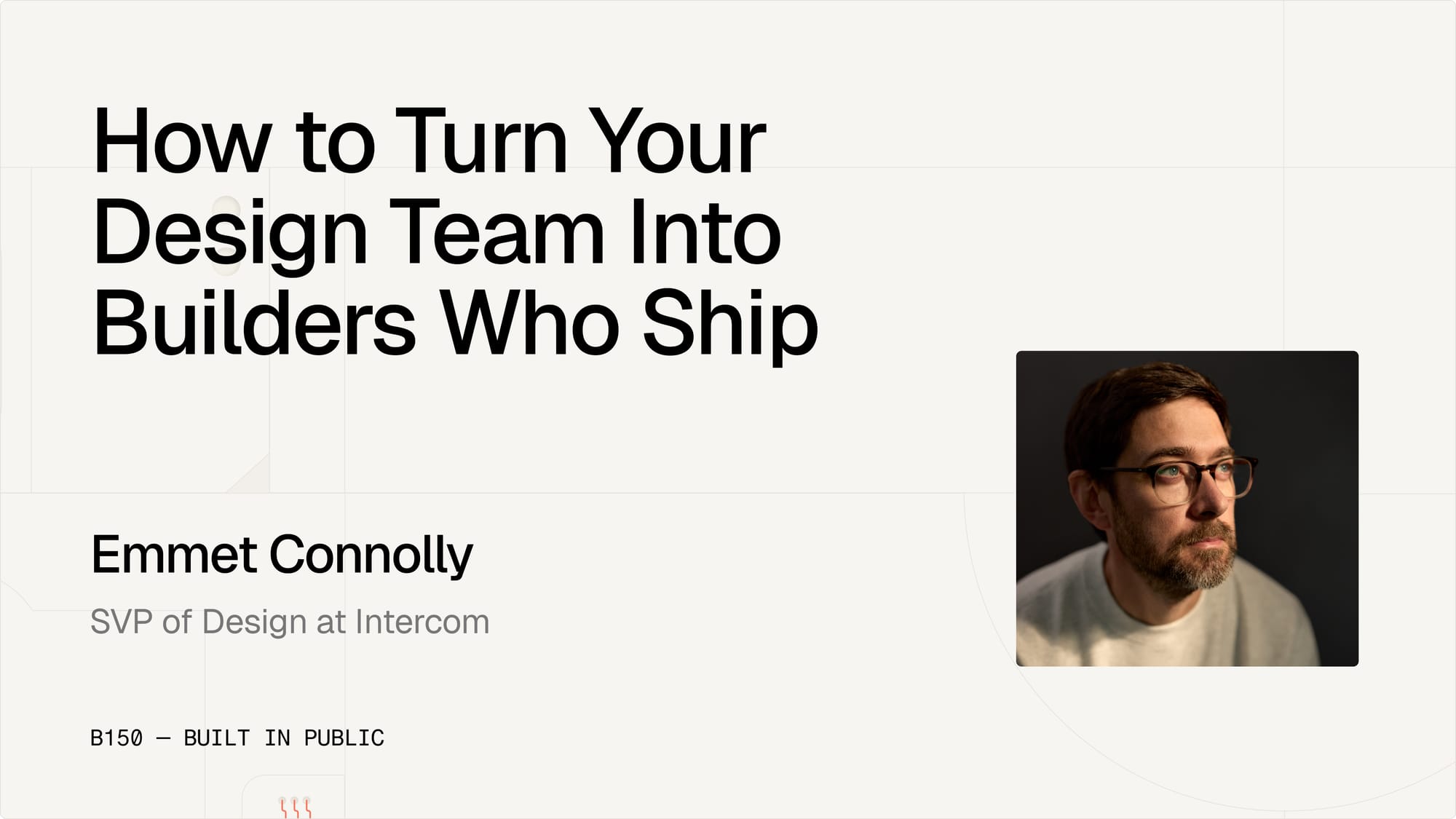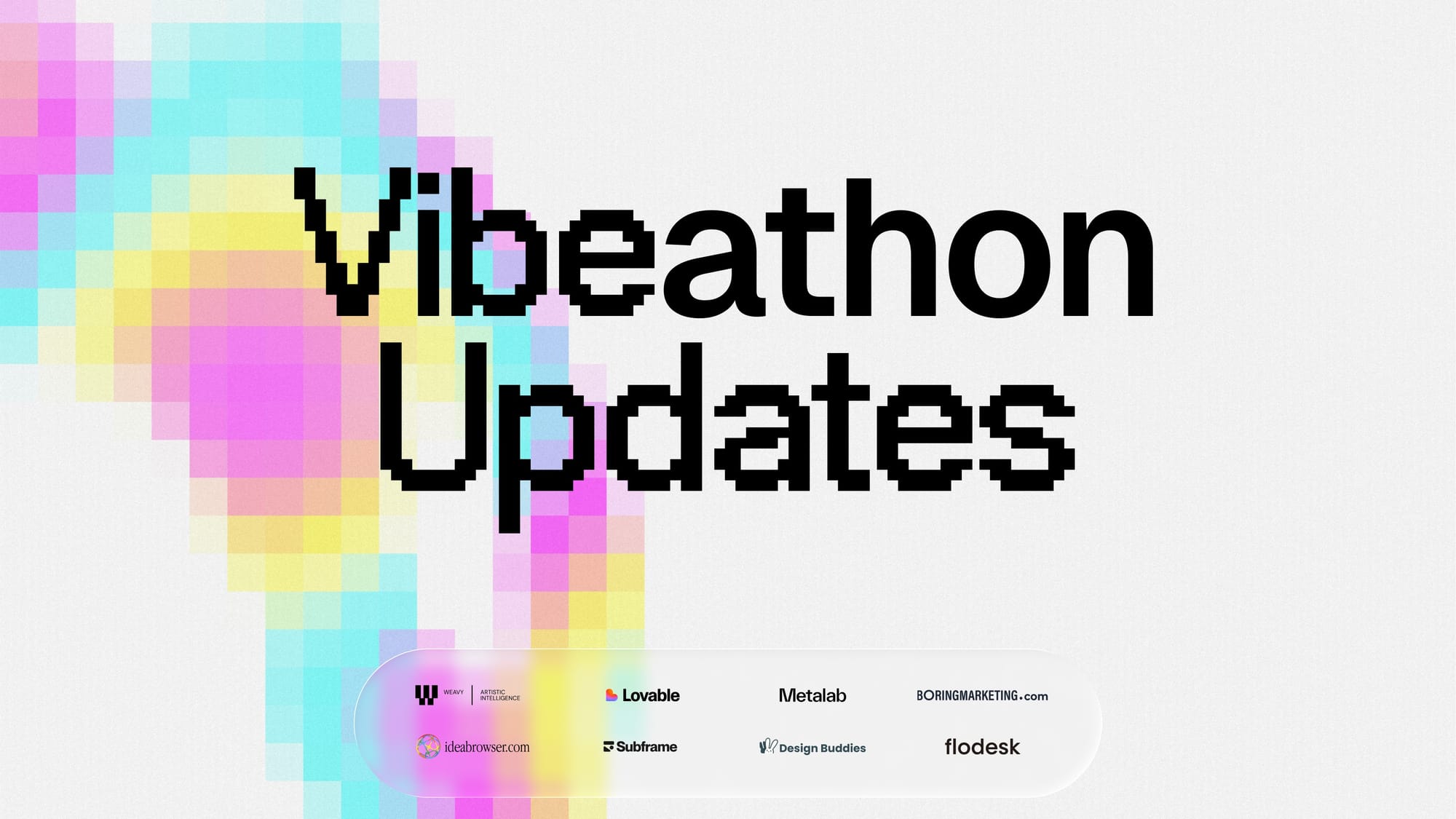How Does a UX Staffing & Recruiting Agency Make Money?
Discover how UX staffing agencies operate financially. Learn about hourly rates, markups, and operational costs to understand the value you're getting.

When engaging with a UX staffing agency, you may wonder how the financial aspects work. Understanding the agency's revenue model can offer insights into the value you're receiving. Below, we break down how a typical UX staffing agency makes money.
Staffing Model
Key Features:
- Hourly Rate for Contractors: Clients are charged an hourly rate for each contractor placed on their project. This rate reflects the contractor's skills, experience, and the value they bring to your team.
- Markup on Contractor Pay: The hourly rate quoted to clients includes a markup over what the agency pays the contractor. This markup is essential for the agency to cover its operational costs and maintain high-quality services.
Operational Costs:
The markup helps the agency cover various operational expenses, including:
- Recruitment and vetting processes
- Administrative overhead
- Legal and compliance measures
- Employee benefits for internal and external staff
- Marketing and client acquisition
Benefits:
The markup also enables the agency to offer value-added services such as:
- Ongoing client and contractor support
- Skill development and training programs for contractors
- Quality assurance and performance reviews
Challenges
- Cost Predictability: Costs can escalate quickly if the project scope is not well-defined or extends beyond the anticipated timeline, making the hourly billing financially burdensome over time.
- Higher Costs: A contractor hired through an agency will be more costly than hiring a person full-time or a contractor directly.
- Knowledge Retention: Post contract term, the knowledge and experience acquired by the contractors could leave with them, unless there are solid knowledge transfer protocols in place, potentially impacting future project phases or maintenance.
Transparency in Pricing:
Most agencies prioritize transparency and are open to discussing their fee structure. This openness aims to balance the provision of top-tier talent with the financial sustainability of the agency.
Contingent Recruiting Model
The Contingent Model is a performance-based approach where recruiting firms are compensated only upon the successful placement of a candidate. This model is characterized by the following:
Key Features:
- No Upfront Fees: Clients are not required to pay any fees upfront, which can be financially advantageous.
- Payment upon Placement: Recruiting firms receive a fee, usually 20-30% of the new hire's base salary, only after a successful placement.
- Multi-Agency Engagement: Clients may engage multiple recruiting firms simultaneously, aiming for quicker hires.
Benefits:
- Cost-Efficiency: No initial investment is required from the client's side.
- Potential for Quick Hires: Engaging multiple firms could potentially speed up the hiring process.
Challenges:
- Quality of Candidates: Due to a lack of upfront payment, recruiters may not invest ample time in vetting candidates, which can result in a pool of under-qualified candidates.
- Lack of Dedicated Attention: Recruiting firms may prioritize roles from other clients that are easier to fill or have higher placement fee value.
- Competitive Environment: With multiple firms working on the same role, there might be a lack of motivation among recruiters as the competition could dilute the chances of a successful placement and subsequent payment.
Container Recruiting Model
The Container Model is a hybrid approach, blending elements of retained and contingent recruiting models, aimed at mitigating the risks and enhancing the commitment from both parties. Here’s how it operates:
Key Features:
- Engagement Fee: An upfront fee is required to commence the recruitment process, ensuring the agency's dedication.
- Success Fee: A subsequent fee is paid upon the successful placement of a candidate.
- Exclusivity Agreement: Agencies may require an exclusivity agreement to ensure clear and professional communication throughout the recruitment process.
Benefits:
- Shared Risk: Both parties have skin in the game, fostering a collaborative environment.
- Higher Quality Candidates: The selective process and dedicated attention often result in better-qualified candidates.
- Dedicated Resources: The upfront payment guarantees dedicated resources for filling the role, potentially speeding up the hiring process.
Challenges:
- Initial Investment: Clients are required to make a small, non-refundable initial payment.
- Exclusivity Requirement: The exclusivity agreement may limit the number of recruiters working to fill the role, which could be a downside if the engaged agency is not performing up to the mark.
Conclusion:
Understanding the financial models in UX staffing and recruiting is pivotal for making informed decisions. The Contingent and Container Models for full-time recruiting cater to different organizational needs and financial considerations. Additionally, the staffing model, where clients are charged an hourly rate for contractors, offers a flexible solution for project-based needs. The choice between these models should align with your organization's budget, project requirements, and long-term strategic goals. Engaging with a reputable agency like Academy, which employs a staffing model and a shared-risk Container Model, can foster a committed recruitment process, ensuring access to high-quality candidates essential for propelling organizational success.
If you’re in search of a UX staffing agency with over 15 years of direct experience working as practitioners in the field consider working with us. Whether you’re looking to fill contract positions or permanent roles, we invite you to connect with us at Academy.





